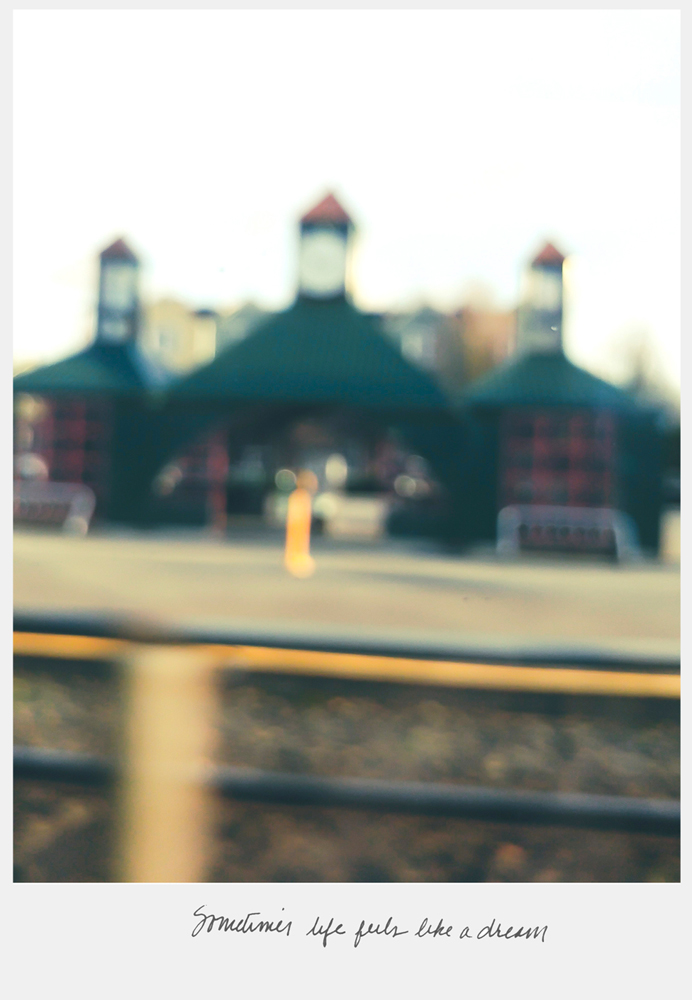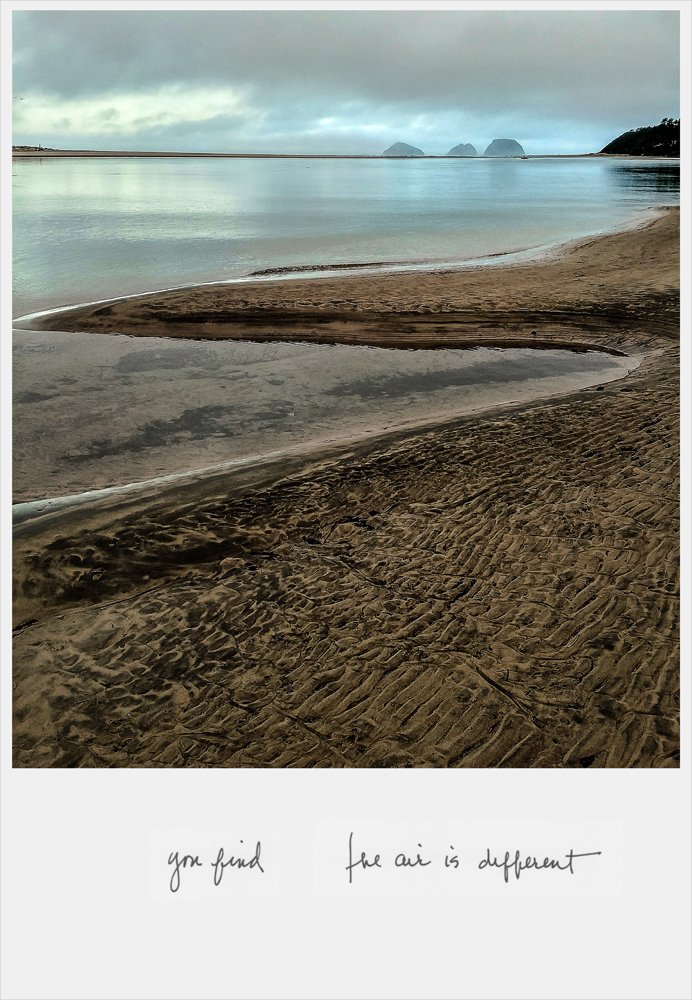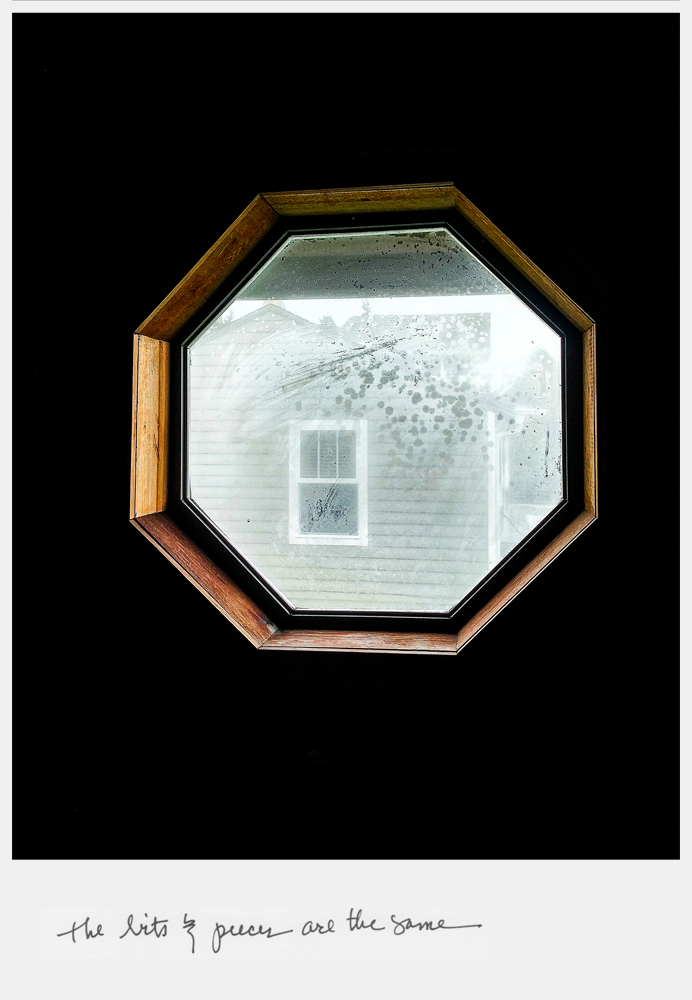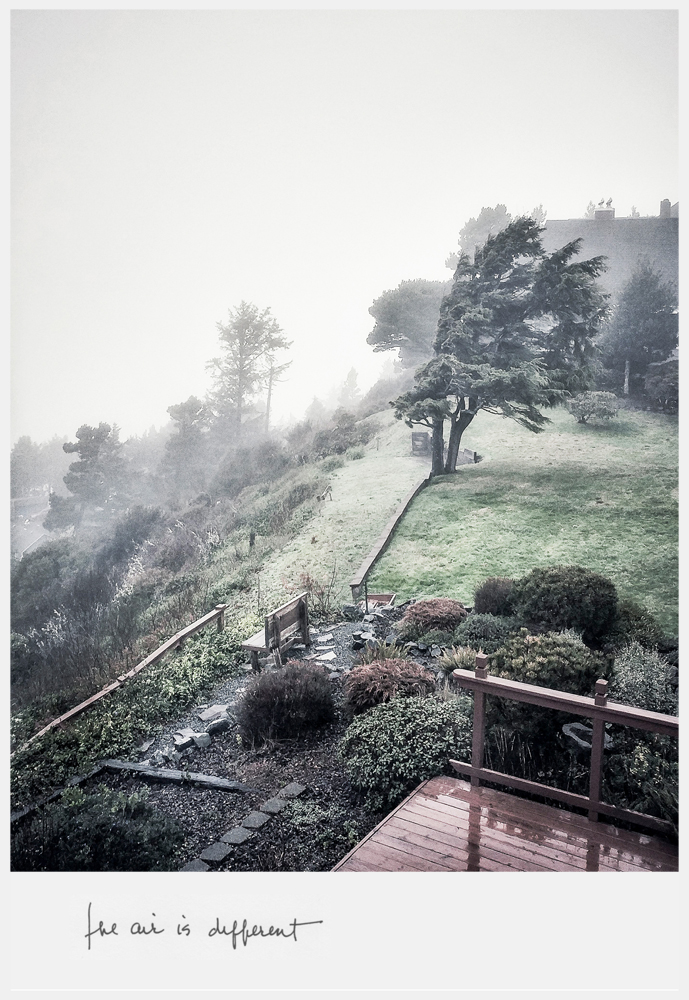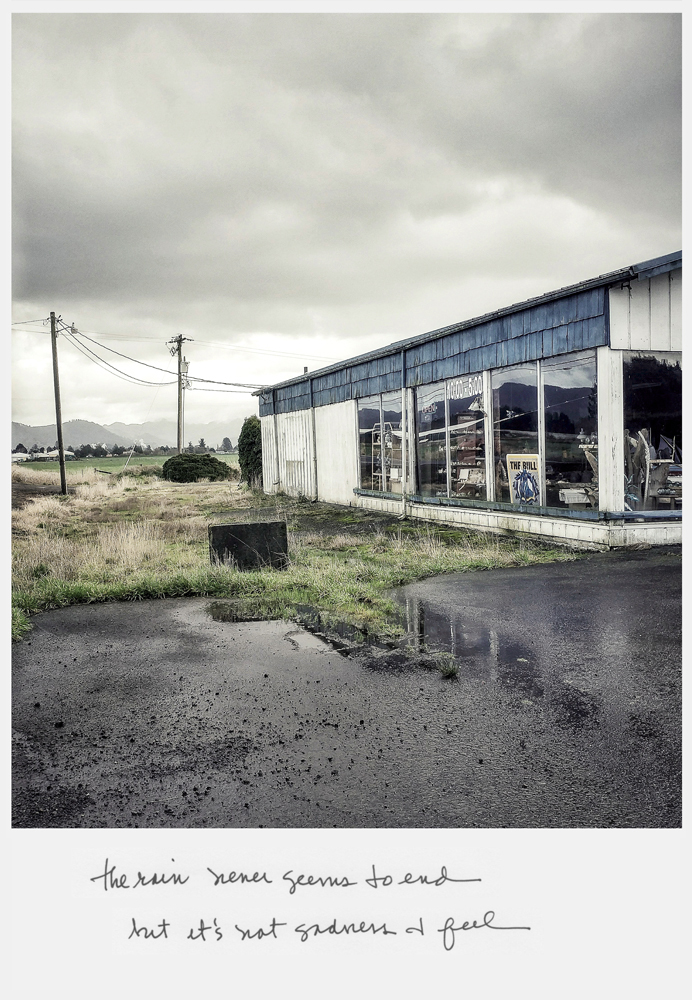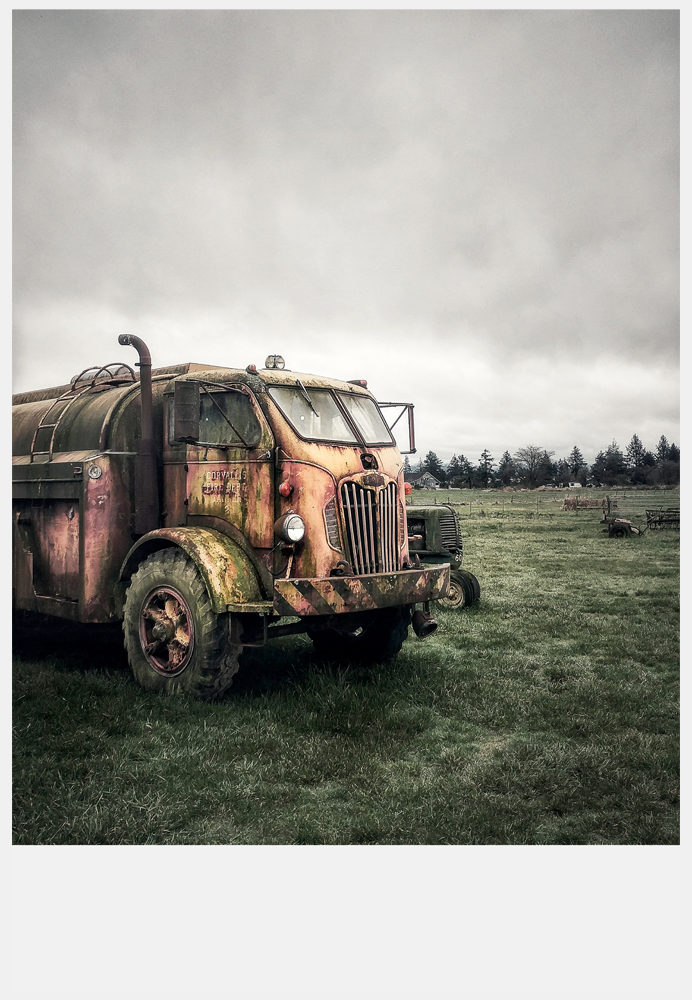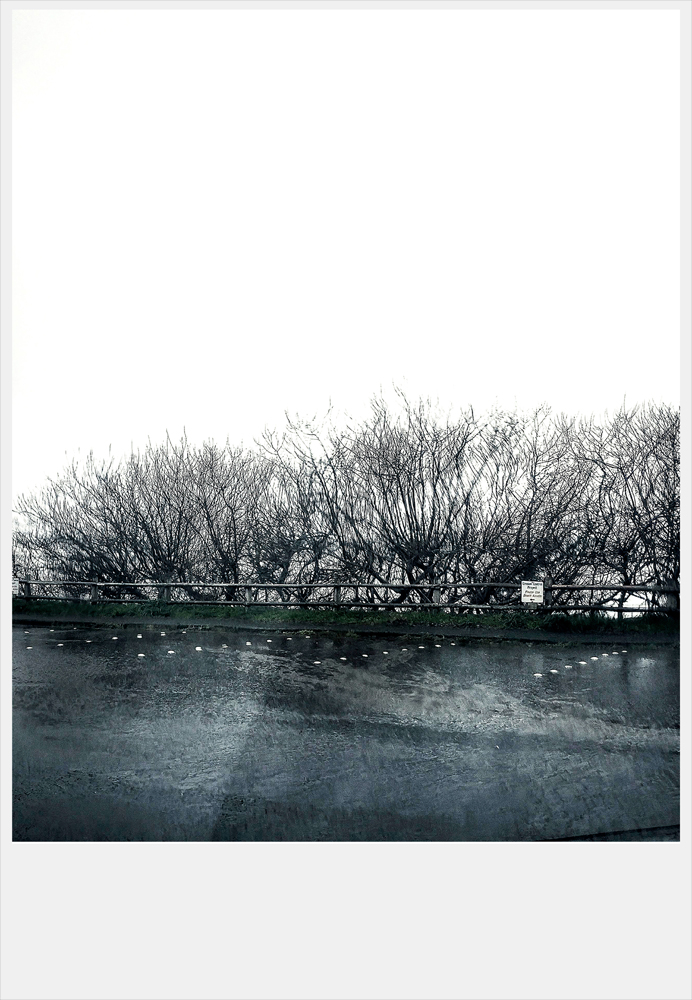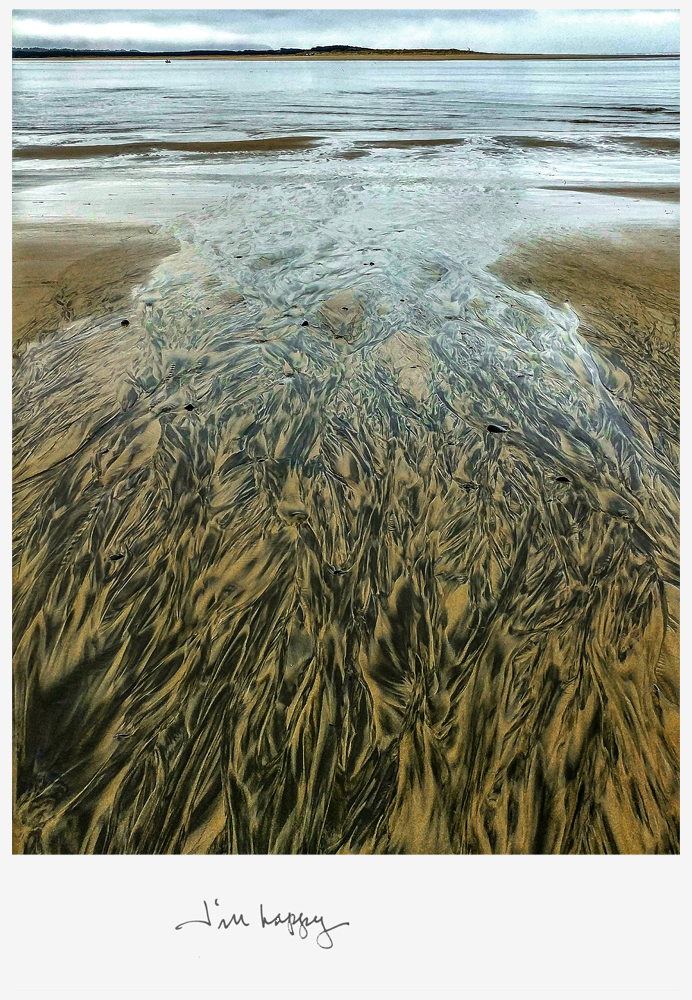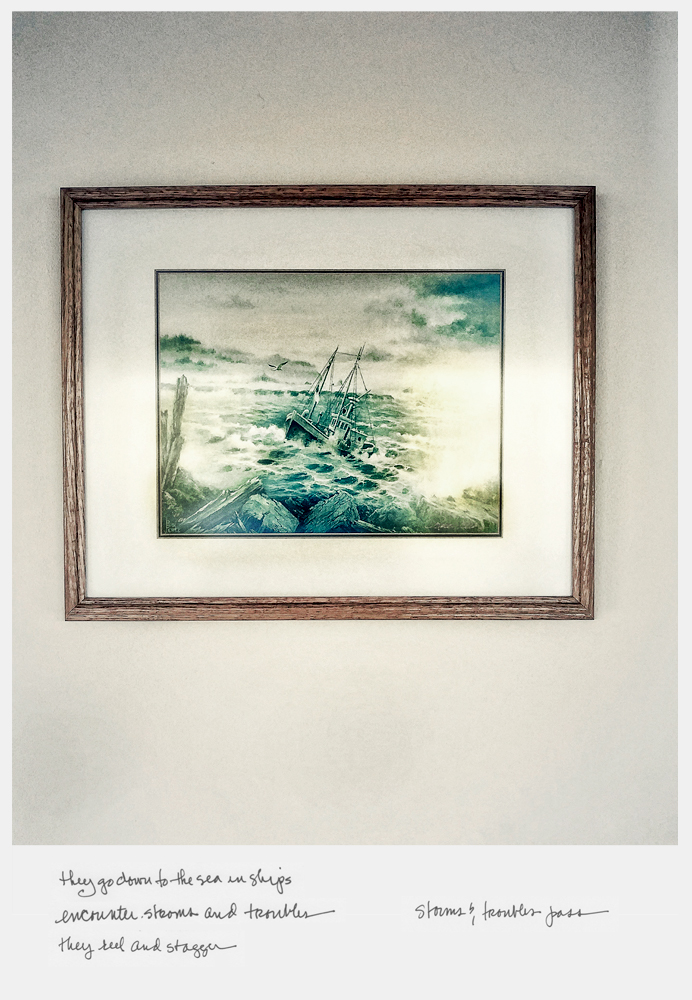Isolationism in Photography: Marcia Glover: The Air is Different
What does it mean to be alone? To be isolated from the people and things we hold dearest? Since the pandemic, it seems like we all have an answer to this very question. Some people embraced the mandatory isolation while others struggled being forced to be apart from their loved ones. This week will feature photographers who captured moments they felt most alone and the ways this isolation expressed itself in their lives.
After the death of a friend, photographer Marcia Glover, knew she needed to take time to process her feelings of loss. The shift from having her friend near her, to this sudden emptiness led Glover to photograph scenes that reflected her emotions of sadness and isolation. Using a muted color palette and text reflective of her thoughts, Glover photographs the process of grief and explores the idea of beauty in cohesion with loss.
Marcia Glover, b. 1954, New Jersey. BFA Montclair University, NJ. Marcia lives in Washington State. She has taught photography, worked in newspaper publishing, worked as a graphic designer and as a software designer.
Juried shows: CPA Juried Show, 2023, PhotoPlace Gallery, ‘Trees,’ 2020, Photo Center NW, ‘Presents’ 2017, Center for Fine Art Photography, ‘Simple,’ 2015, and Artist Trust annual benefit auction, 2013. Marcia is a founding member of Studio F Photography Gallery, Seattle, WA 2012-2016 and a member Fotofemmes Collective, Seattle, WA. Marcia is on the board of PhotoCenter NW, and Living With Conviction, both based in Seattle Washington.
Follow Marcia Glover on Instagram: @marcia_glover
The Air is Different
There was so much sadness after the loss of my friend. I needed to give myself distance from home. Unthinkable, to go to a sunny island and be beguiled by warm breezes and sunshine. This place of cold, stormy days and nights forbade any thoughts of relaxation. The forces of nature met me head- on as I faced my feelings. Reflexively, I took pictures that matched my feeling of loss. As often happens, images capture my thoughts, later revealing a story I didn’t know I was telling myself. -Marcia Glover
Kassandra Eller: To start I would love to discuss how your photographic journey began. What made you want to pursue photography and what led you to the position you hold today?
Marcia Glover: From earliest childhood, I used pencil and paints to copy and recreate my world. My efforts met with approval. Eventually, I added photography to further explore my world. My first camera was a Minolta 35mm which gave me a new way to understand what I was seeing. I didn’t decide to be a photographer until I started college. Yet, painting, drawing, and collage would continue to be important mediums that I still enjoy working with.
After college, I taught photography to children and adults. It was rewarding and creatively satisfying. Children showed me the joy of making pictures, while adults revealed their creative fears and hesitations. Moving to Seattle, I found opportunities to transfer my creative skills and strengths to careers in print design, and software. I’ve returned to photography and have found a community of artists and organizations that support my work and for whom I advocate.
The photographer in me comes out everywhere I go. I enjoy taking photographs–the quiet amazement of seeing something and framing it in the viewfinder has never lessened for me. I am inspired by how the medium of photography has expanded the possibilities of reaching further into the human experience in areas we ourselves do not physically inhabit. The camera has given us the opportunity to deepen our understanding, and to preserve for the future–the faces, cultures, artifacts, and shared humanity of people we know of, but who are different from us.
KE: You state that The Air is Different began when your friend passed away. How long did this project take you and when did you know it was a completed project?
MG: The project came together very quickly after I returned home from Oregon. On the train ride to Portland, I relaxed and started to take pictures of the passing landscape. On the coast I had time to walk and think. When I returned from my trip and looked at the images, I recognized a visual thread running through them that mirrored the emotional journey I had undergone. I realized that the entire time spent there had eased my sadness at the loss of my friend.
KE: The way you use light and color in these images emphasizes feelings of emptiness and loss as I look at your work. Are there any specific techniques or tricks you use to capture these emotive images?
MG: The ‘look’ of the images is partially achieved by the camera I used. I used to work with a DSLR until its bulk outweighed its usefulness. I switched to using an Android phone camera as it is small, lightweight, and easier to travel with. There are trade-offs, but I became comfortable using the camera. All the images in, “The Air is Different,” were taken with an Android phone camera. Unfortunately, there have been so many recent technical updates to an Android camera that I no longer use it for my work.
As for ‘tricks,’ I don’t think I have any tricks as such: I may edit a general setting, like contrast, shadow details, or adjust color saturation. Not a lot of editing happens because I still want the grass to be shades of green and the sky to be some sort of blue. When I edit my images, I think of maintaining a sensitive attention, asking myself, what if anything does an image need.
You ask about light and color: the Northwest winter sky tends to act like a soft-box, a giant dome of unending shades of blue and gray. The gray skies can give rise to feelings of loneliness and emptiness. Strangely though, the restless water, the changing skies, captured with my camera, then viewing the images back home, helped me realize I still could be happy.
KE: In each image, there are signs of life yet nothing living is ever photographed. In your statement, you say you took photos that reflected your feeling of loss and I’m curious about what were you looking for when composing an image. Was it the way the scene looked or was it a feeling that came over you in the moment that drew you to photograph it?
MG: I prefer photographing a building or a field of pumpkins which might be empty of people, because what we create reveals our aspirations and desired outcomes. Photographing the signs of life allows the viewer a vantage point that may transport you to that place. You are not wondering what the person in the photograph is feeling or doing, but you might instead consider how you feel and what you are thinking.
Everything that had happened before I arrived on the coast certainly had an influence on how I saw the landscape. I relaxed into what I was seeing and at the same time stayed alert to moments that I found beautiful. I had a need to photograph, I couldn’t turn away, I wanted to remember what I saw. Only later, I realized how the images closely followed my feelings.
KE: I notice that in some of your work, words accompany the image yet in others the image stands alone. Why did you choose to include phrases on some of the images and not on others? Are the images that have words more personal to you than those without?
MG: The words are a poem I wrote to myself. They express how I felt looking at the images. I wanted certain images to not have words, hoping that this would bring the focus back to the images. Every image is personal to me.
KE: Many times the projects I take on become a way to process my emotions. It seems as though The Air is Different may have done this for you. Did this project become a therapeutic way of understanding and processing the emotions of sadness and loneliness you felt as you were grieving? Was there ever a time during this project that you felt as though the work became more than just photographs?
MG: Yes, absolutely. The trip helped me understand how I felt. Everything was dramatic, from the raging storms to the farm trucks in the fields. The poem and the pictures became the outcome and created my tangible experience.
The ‘work’ is always more than the photographs. The photographs are the result of everything that has come before you actually make the image, from how you felt when you woke up, to what you’ve been reading, what you’ve experienced, where you live, and where you’ve been. This all goes into the work.
The sculptor, Anne Truitt, described: the discipline of staying on that “nerve of one’s own most intimate sensitivity.” The artist is always exploring this “intimate sensitivity” of what you see and how you feel which becomes a distillation of what you want to remember and share with the world.
KE: What is next for you. Is there anything you are currently working on?
MG: I have been photographing the American idea of a house which combines two of my favorite subjects: architecture and landscape. The homes I find interesting unfortunately will never be built again. I’m interested in the past, present and future that the street view of a house and its landscape shows us.
Putting together a book of photographs has been an interesting way of using photography for me. After ‘The Air is Different’ I created another series entitled, ‘The Past is a Strange Place.’ I see myself continuing to work with words and pictures that tell stories of my experiences.
KE: Is there anything you would like to add?
MG: I feel I’ve written a mini autobiography about how I work and think. Thank you for inviting me to participate in Lenscratch’s ongoing conversations with photographers. Sharing our thoughts and how we work makes the process less of a mystery and more of an opportunity for each of us to understand our lives.
Posts on Lenscratch may not be reproduced without the permission of the Lenscratch staff and the photographer.
Recommended
-
Salua Ares: Absense as FormNovember 29th, 2025
-
Ricardo Miguel Hernández: When the memory turns to dust and Beyond PainNovember 28th, 2025
-
Pamela Landau Connolly: Columbus DriveNovember 26th, 2025
-
KELIY ANDERSON-STALEY: Wilderness No longer at the Edge of ThingsNovember 19th, 2025
-
Jackie Mulder: Thought TrailsNovember 18th, 2025

